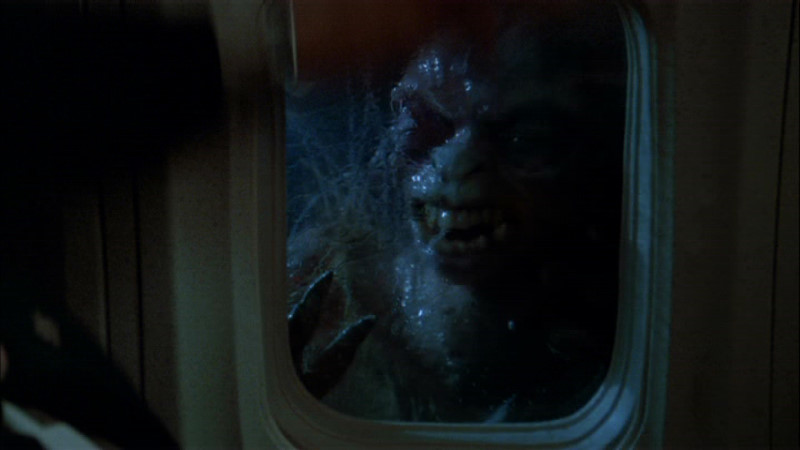
Twilight zone two tv#
The shows were shot on the low-band 2" quadruplex videotape format originally developed by Ampex, which was the standard for the TV business from about 1956 to the early 1980s, give or take.
Twilight zone two plus#
But I don't think the idea worked, because it prevented them from going on location, plus they were forced to use the simpler, low-tech soundstages, sets, and lighting at CBS Television City. They were basically trying to do the show as an updated version of the old Playhouse 90 1950s dramas that made Serling famous. It turned out that the cost of the film was negligible, and wound up only saving about $10,000 per episode.

Twilight Zone had been going over budget, plus the ratings were not good, so CBS executives decided "as an experiment" to shoot six episodes of the hour-long show on videotape, just to see if the cost savings was worthwhile. The first, " The Lateness of the Hour" was seen on Decemas episode 8 the third, " The Whole Truth" appeared on Januas episode 14 the fourth was the Christmas show " Night of the Meek" shown as the 11th episode on Decemthe fifth, " Twenty Two" was seen on Februas episode 17 and the last one, " Long Distance Call" was broadcast on Maas episode 22. The shows wound up looking little better than set-bound soap operas and as a result the experiment was deemed a failure and never tried again.Įven though the six shows were taped in a row, through November and into mid-December, their broadcast dates were out of order and varied widely, with this, the second one, shown on Maas episode 20. Eventual savings amounted to only about $30,000 for all six entries, which was judged to be insufficient to offset the loss of depth of visual perspective that only film could offer.

It was decided that six consecutive episodes would be videotaped at CBS Television City in the manner of a live drama and then transferred to 16-millimeter film for future syndicated TV transmissions. By November 1960, 16 episodes, more than half of the projected 29, were already filmed, and five of those had been broadcast.

As The Twilight Zone's second season began, the production was informed by CBS that at about $65,000 per episode, the show was exceeding its budget.


 0 kommentar(er)
0 kommentar(er)
